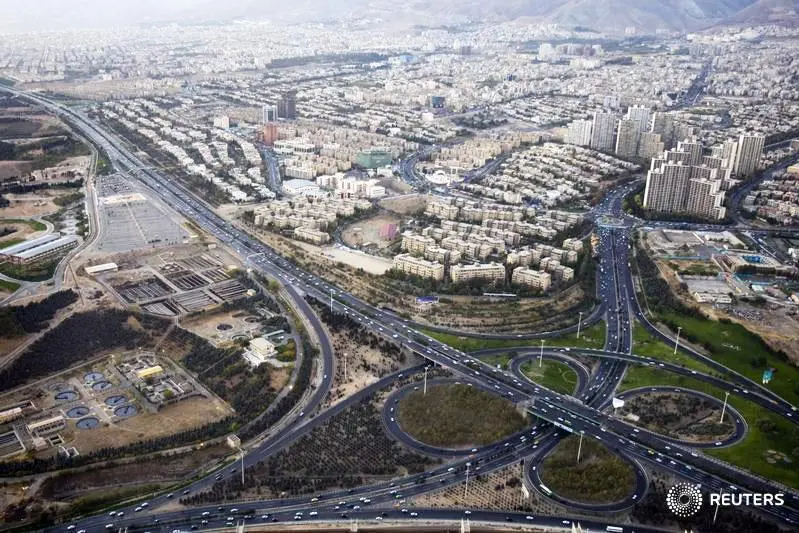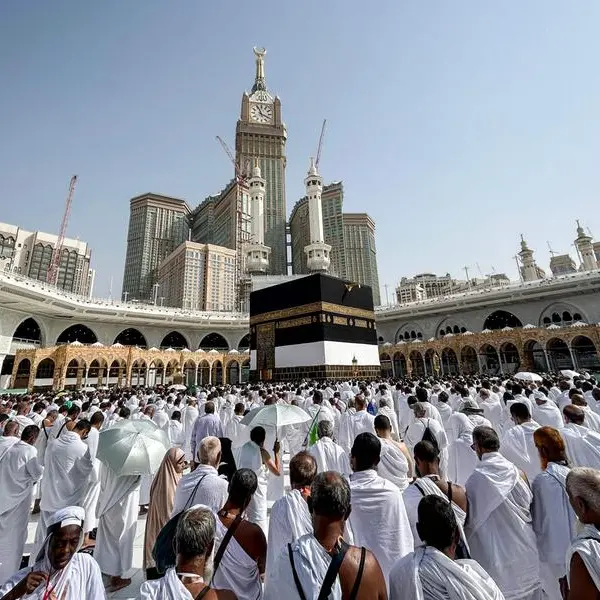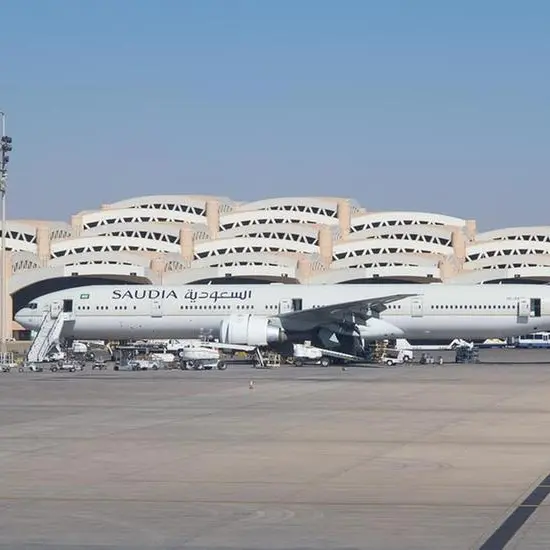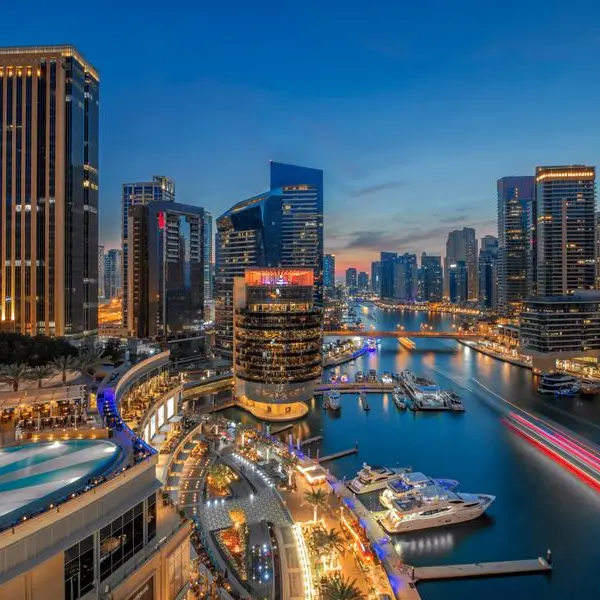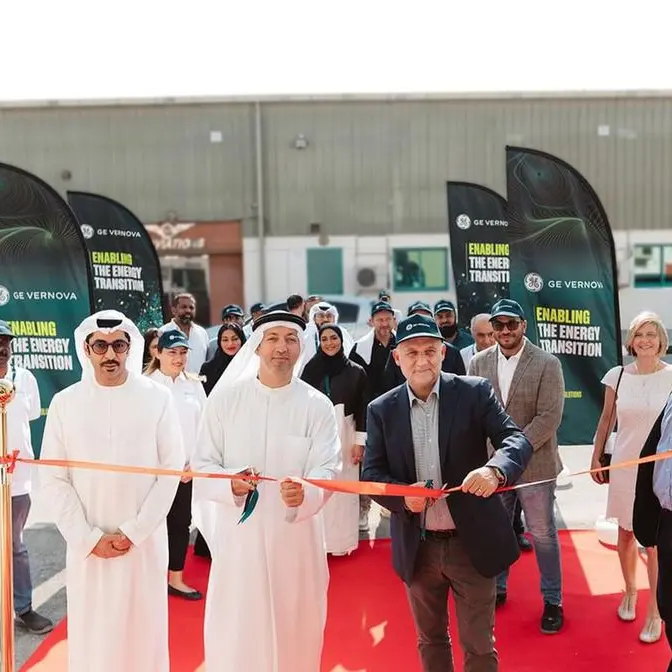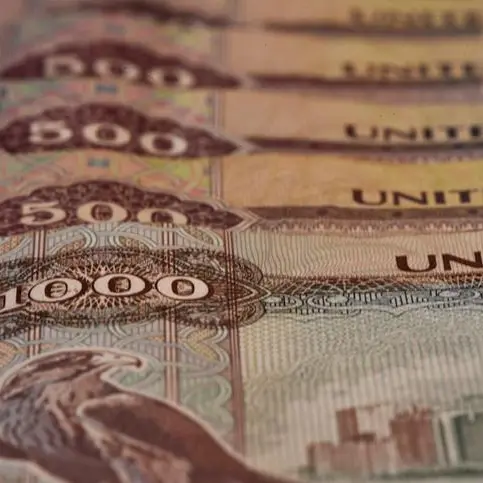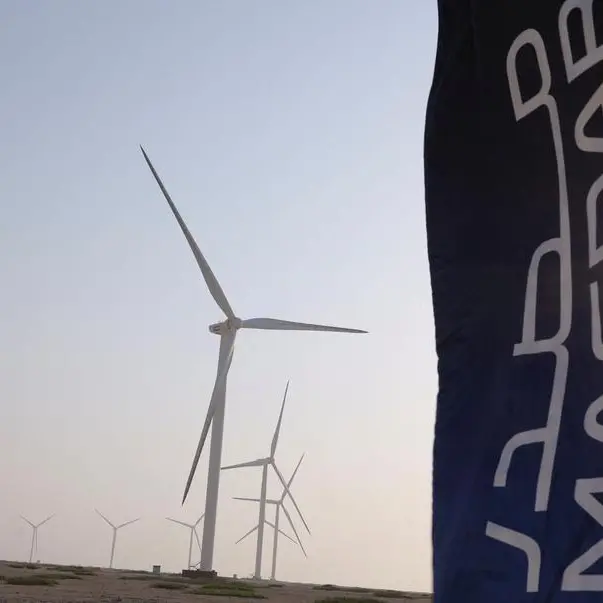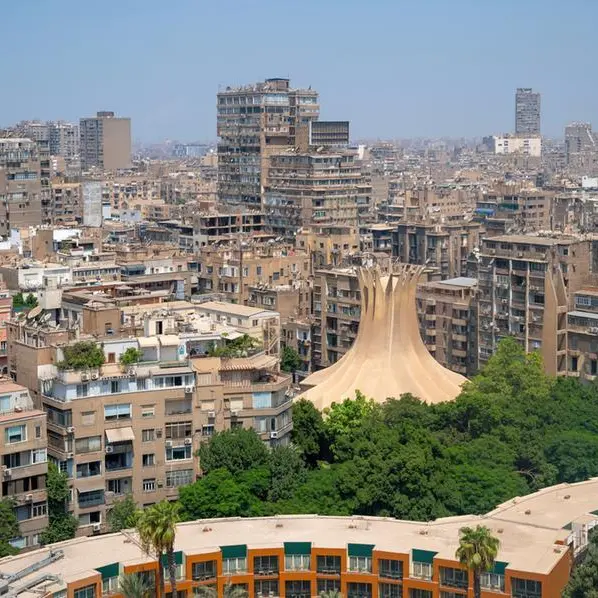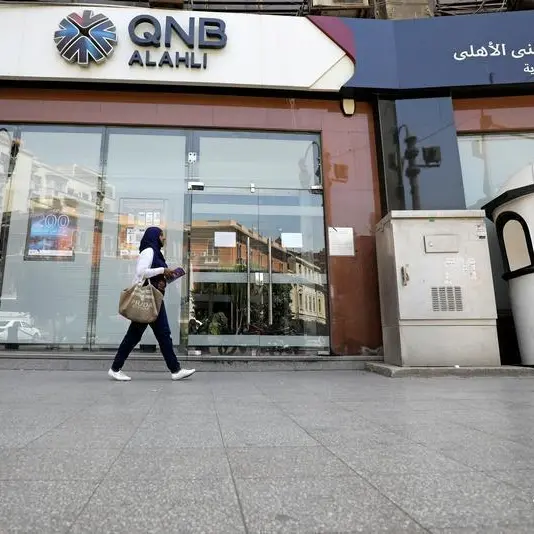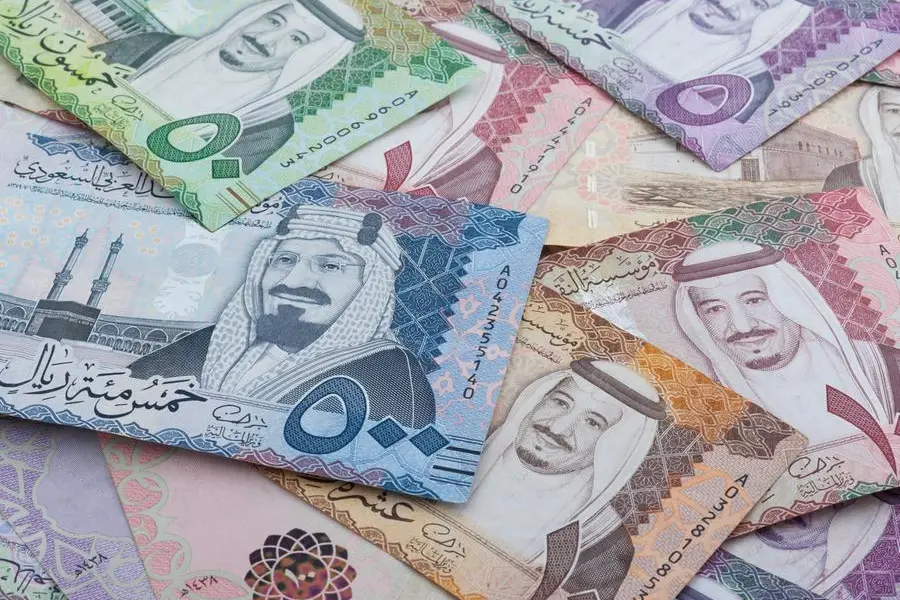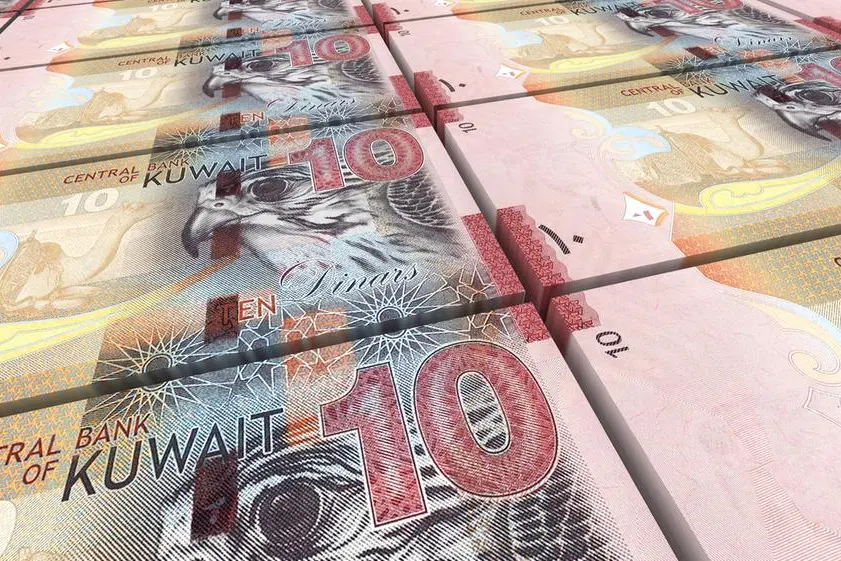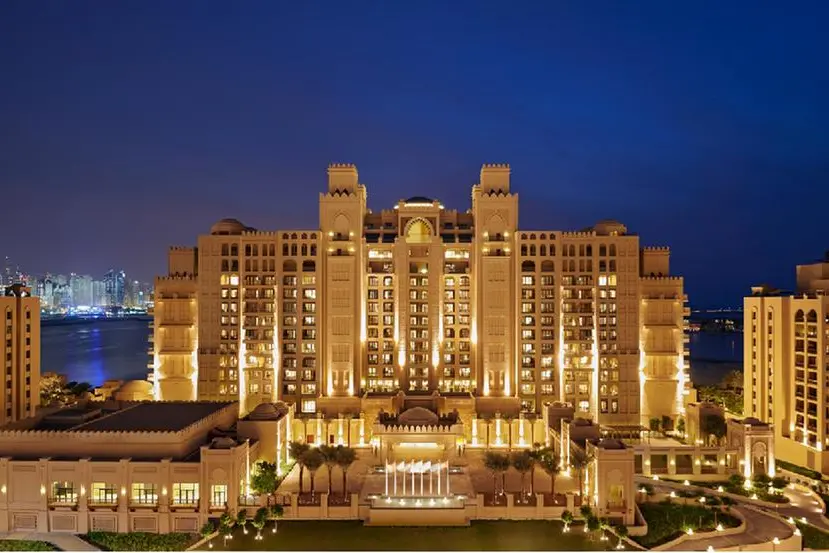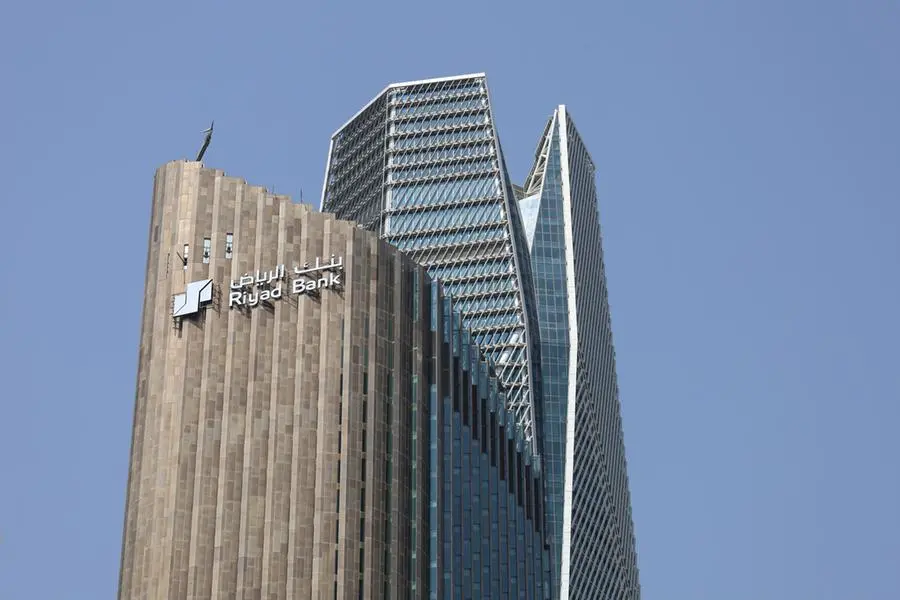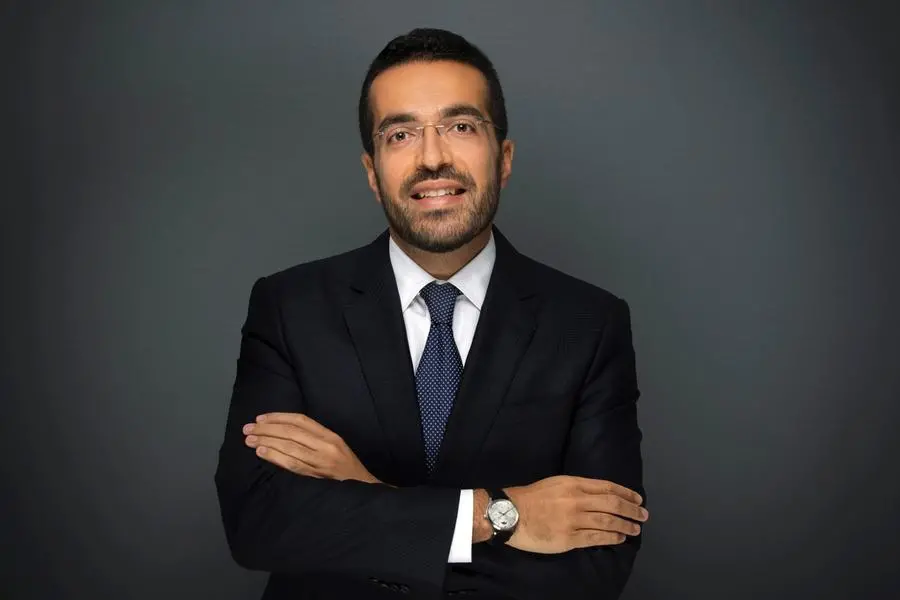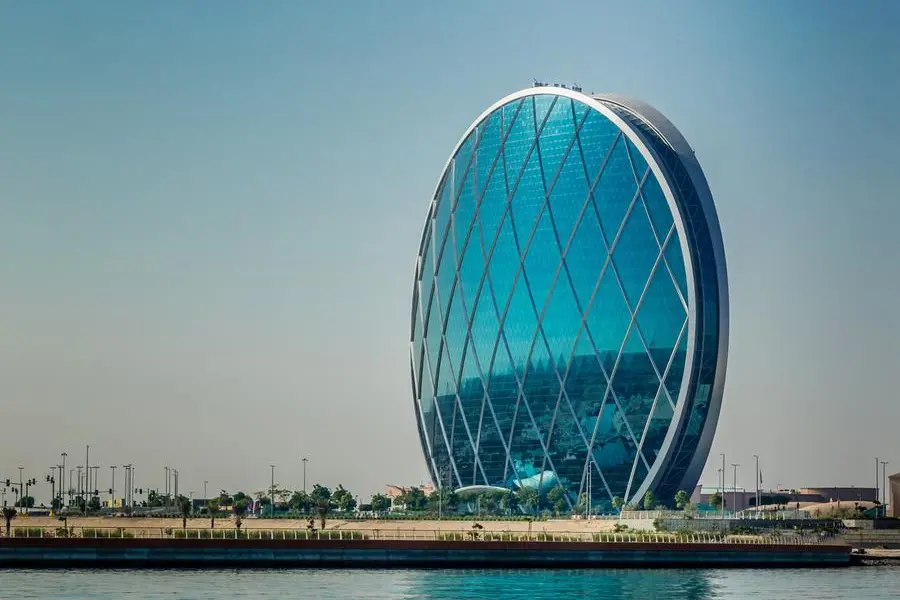PHOTO
Rovine Chandrasekera, Managing Partner Middle East at Stephenson Harwood, provides an analytical outlook on the GCC landscape following the lifting of sanctions on Iran
Since the lifting of sanctions, how would you describe the global financial landscape?
I think it is important to emphasise that the Joint Comprehensive Plan of Action (JCPOA) lifted some sanctions against Iran but that many restrictions remain in place. The JCPOA has lifted nuclear-related sanctions on Iran imposed by the UN and EU. The agreement has also led to the lifting of a number of the US secondary sanctions on Iran, those that applied to non-US entities, but the primary sanctions regime, applying to US entities, remain in place as do the UN and EU sanctions relating, for example, to human rights and terrorist finance. So the legal and regulatory landscape for international trade with Iran remains complex for companies looking at trading with the country.
Because the US primary sanctions remain in place, the international banks and businesses with significant exposure to the US, which includes all upper tier banks, are concerned about the risks associated with Iranian trade and financial transactions. So we have been working with a wide range of companies to advise them on those risks and compliance issues as they start to explore the opportunities of the Iranian economy. So I would say on balance that the global financial system is very reluctant to engage with Iran until the banks receive a lot more comfort from regulators, and organisations such as the US Treasury.
What is the impact of this on the GCC economy and the wider region?
In the short term there has been little impact on the GCC as there remains a lot of uncertainty about what trade is allowed and concerns about the risks. At the moment the trade-off between risk and reward is not in favour of trading with Iran. A good example of this is the shipping sector, where there remains uncertainty about insurance cover for vessels operating in Iranian waters, [although solutions seem to be coming]. This effectively puts a hurdle in place for international shipping to fully re-engage with Iranian trade. The trading of physical goods has been one of the first sectors to open up post the JCPOA but vessel owners remain reluctant to operate in the Iranian market until there is complete certainty on the insurance side of things.
The other aspect is due diligence. International companies operating in the GCC are very concerned about who they are actually doing business with in Iran, because many international sanctions remain in place. Our international clients are therefore looking for detailed due diligence to ensure that they will not be engaging with any listed entities, and that takes time to conduct. It will therefore take some time for Iranian trade to make a real economic impact in the region.
How does this affect the banking sector, both international and regional?
If you took away the concerns about US exposure, the GCC would be a logical destination for people trying to raise capital for major projects in Iran. But there has been slow progress in this area to date. The fact remains that the global banking system, which is so reliant on US dollar transactions and US dollar clearing, remains largely out of bounds for any international companies seeking to finance trade with Iran. While Iran has been isolated from the global system, the banks have adopted much more stringent regulations; compliance and risk management systems and the Iranian banks are somewhat behind in compliance. It will take some time for international banks, including those in the GCC, to feel comfortable with the procedures of possible corresponding banks in Iran. That said, things are moving slowly in the right direction and when the global banks are comfortable and ready to do business with international companies engaging with Iran, we should see an opportunity for regional banks to participate in some of the large projects Iran plans to launch since the JCPOA.
In terms of investments, what are the risks involved in dealing with the Iranian market?
As I have already said, the compliance risk is regarded as a major hurdle to get over before large scale international interaction with the Iranian economy. Since the nuclear sanctions were introduced, the global banking system has been de-risking all the time. This has reduced the risk appetite of the tier-one financial institutions to engage with emerging markets. Even for trade that is now technically allowed under the terms of the JCPOA, the perception of risk outweighs the commercial opportunities in many cases. Until this perception of risk has been addressed--partly through the improvement of compliance within Iranian institutions and partly through the level of reassurance provided by international governments, particularly the US Treasury--I think major investments will only progress at a slow pace.
What is your short term and long term outlook on the current situation and why?
I think things are going to progress very slowly in the short term. But this is a huge economy and when people are more comfortable with the risk profile, and they start to see their competitors undertaking major projects in the market, I think things will take off and the GCC market should be well placed to benefit from the possible economic growth of such a large economy.
While the risks, and the perceptions of risk, are holding things up at the moment, this is a large country with real opportunities for development of the economy, with a large, young population, huge natural resources and a number of sectors ripe for growth investment. For the long term potential to be achieved, a lot of work will need to be done, both in Iran and by the international community, to reassure the global financial system and the tier-one banks which business can and should be done.
I would say on balance that the global financial system is very reluctant to engage with Iran until the banks receive a lot more comfort from regulators, and organisations such as the US Treasury.
© Banker Middle East 2016
